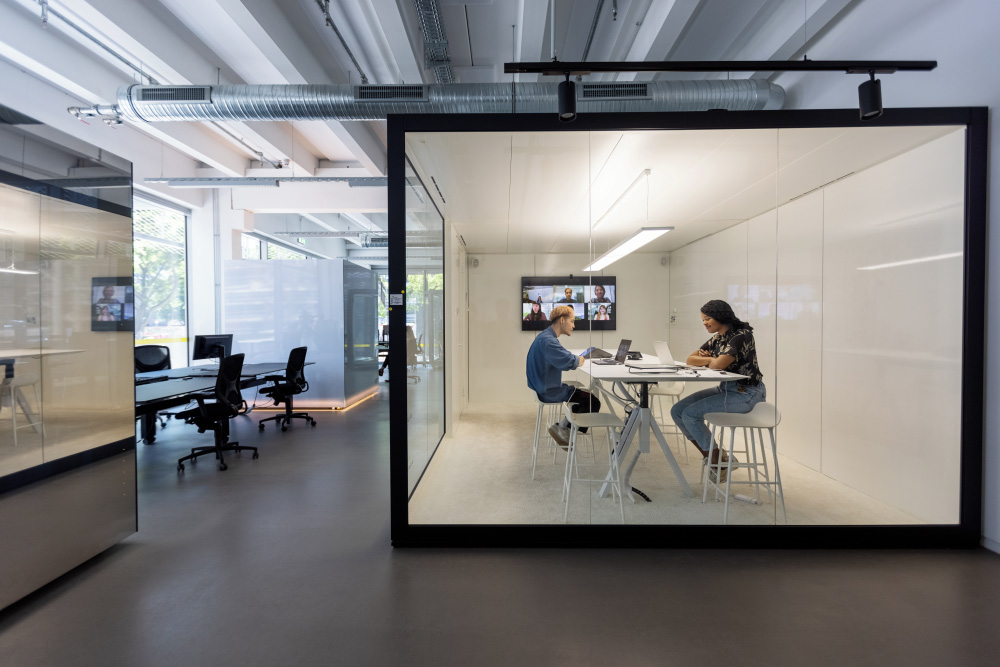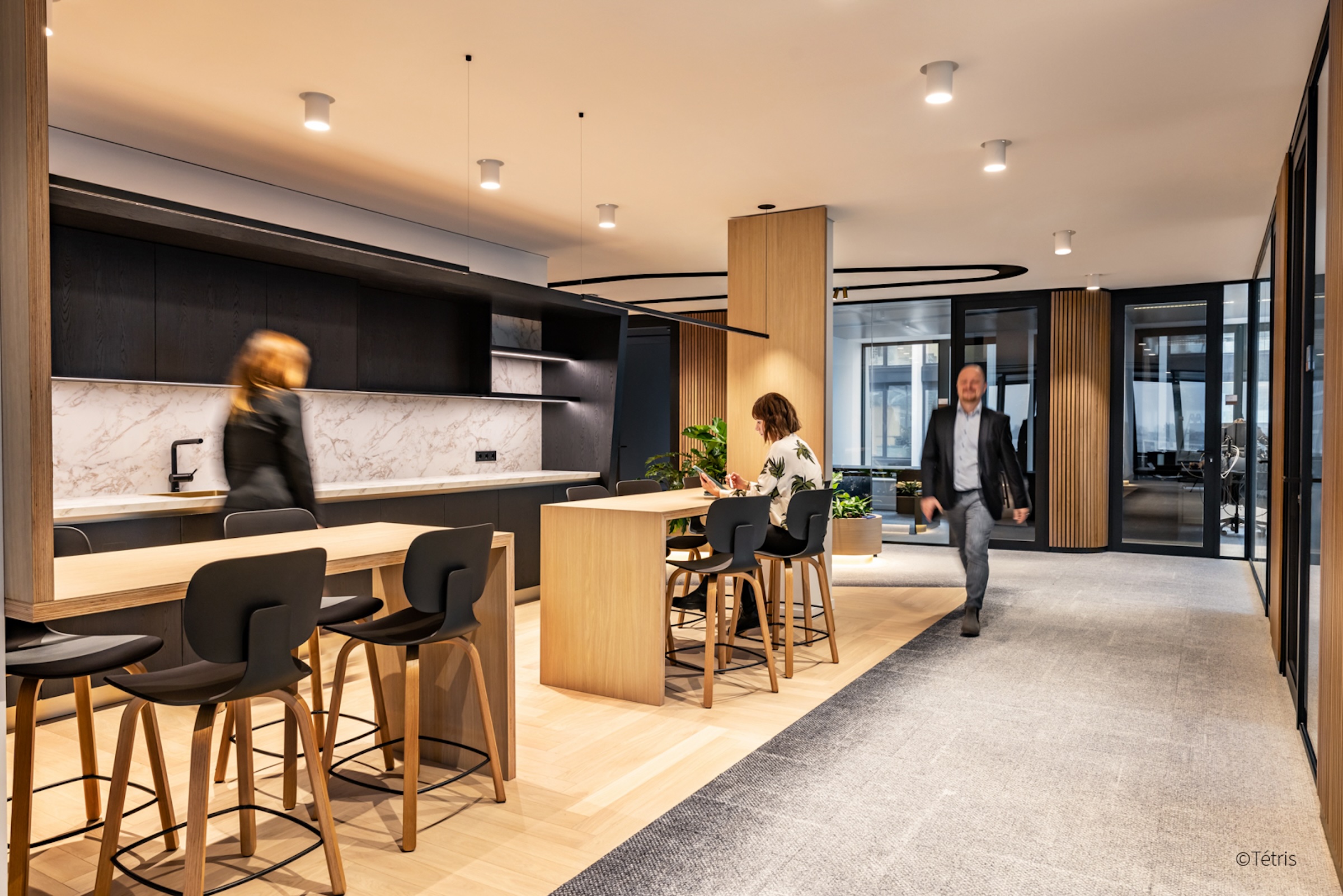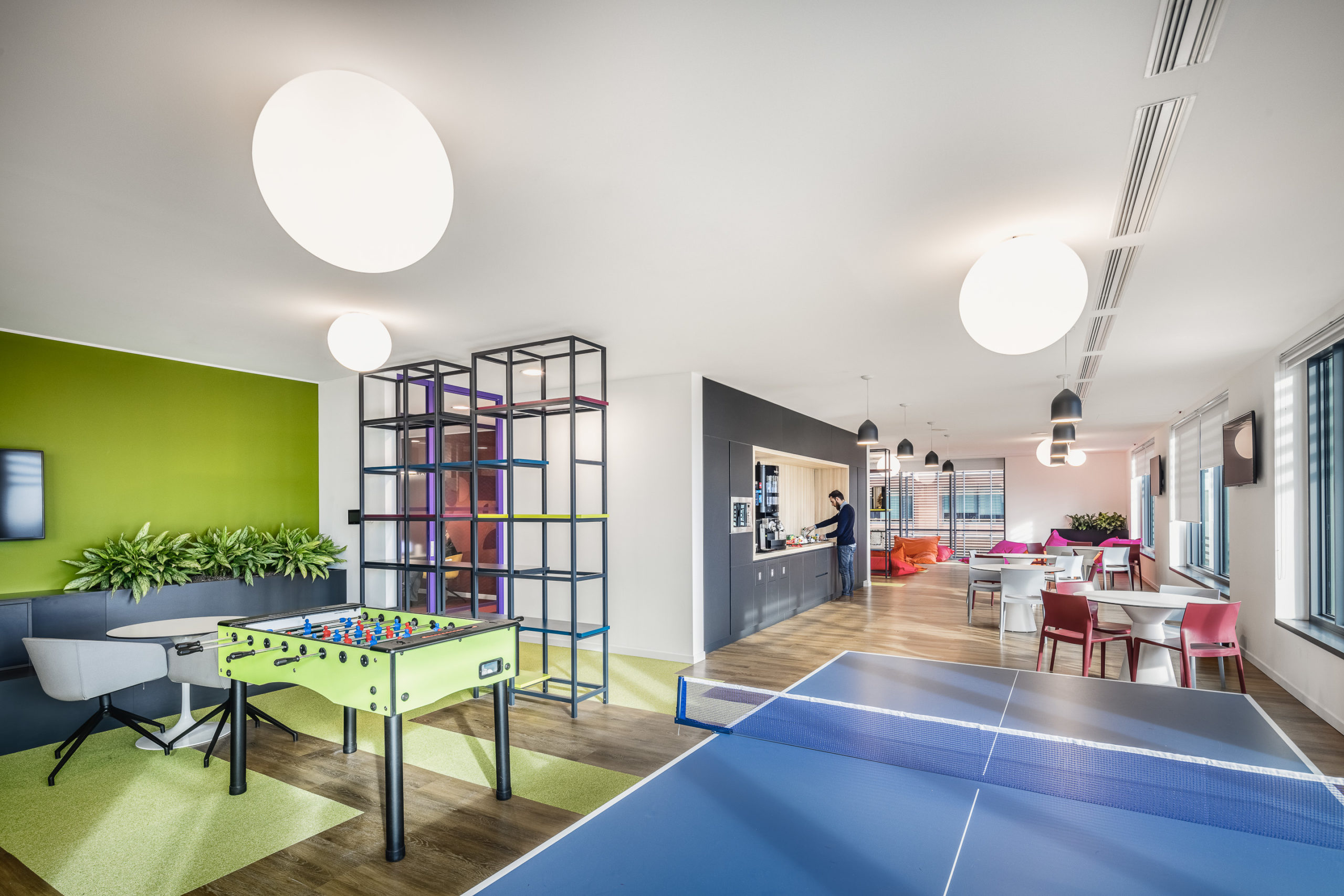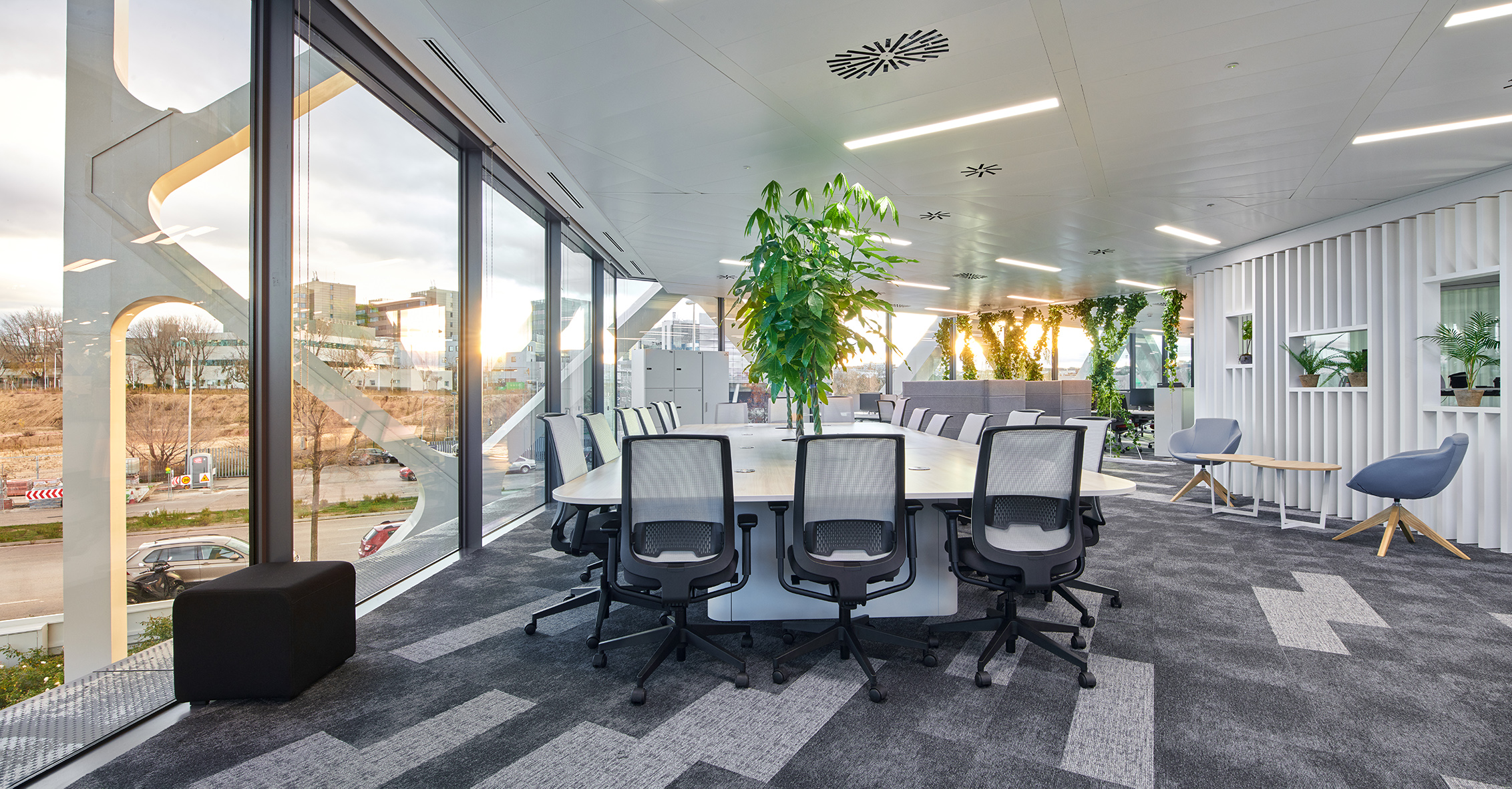Hybrid working, once heralded as the new normal, presents unique challenges to today’s businesses. While many employers view office attendance as crucial for face-to-face collaboration, productivity and innovation, employees increasingly expect flexibility in how and where they work.
JLL’s report on hybrid working, drawing on responses from over 200 corporate real estate (CRE) decision-makers and over 20,000 employees, underscores the gap between employer preferences and employee expectations: 39% of companies report office utilisation levels below 40% and 70% say it is below 60%.
Redesigning the office space can be pivotal in encouraging employees to work from the office, with many surveyed CRE leaders reporting design practices that have supported better space utilisation in a hybrid work model.
“Many businesses are trying to understand how their space can better engage their hybrid workforce and encourage productivity and company culture,” says Adrian Davidson, EMEA Head of Design at Tétris. “The good news is, there are forward-looking companies who are getting it right, offering valuable insights for creating office environments that employees are excited to use.”
JLL’s report found that employers with successful hybrid working strategies shared these office space traits:
Balance the need for focused space and social space
The physical office has been spotlighted as a critical space for collaborative work and socialising. However, 58% of surveyed employees view the office as less suitable than the home for focus work, with 28% saying noise is a major barrier to choosing to work from the office and 18% citing the lack of focus space.
“Sound management and the ability to focus are two of the biggest issues affecting employees’ time in the office,” says Davidson. “Design can help create better acoustic comfort through features like destructured ceilings, the addition of acoustic separators (screens, partitions) to reduce noise propagation. Try avoid mixing workspaces with quiet areas, create fall back zones: phone booths or dedicated spaces where you can work alone on tasks that require high concentration levels.”
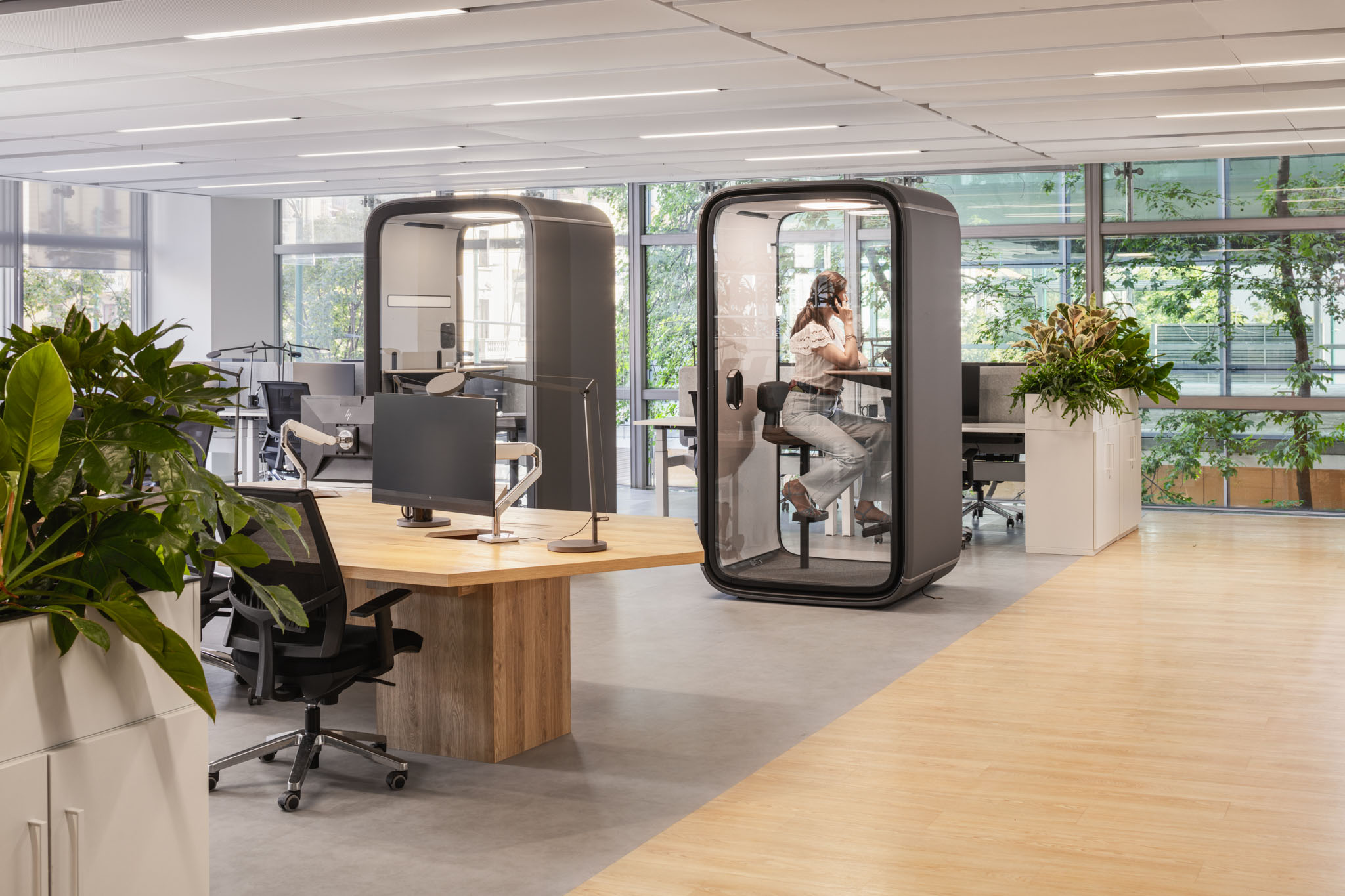
Acknowledge different office factors that impact employee performance
Although two-thirds of employers cite productivity improvements as a key reason for employees to work from the office, there was a disparity between the importance staff place on specific office features and their satisfaction with them.
Along with sound privacy and focus space, these included thermal comfort, a desk booking system and happiness at work.
“Hybrid working employees do value offices for collaboration and that sense of belonging from working alongside colleagues,” says Davidson. “However, as it can be difficult to plan office time solely for collaborative work, it’s crucial that employers take note of what their people prioritise in the office environment to create workspaces that encourage individual work too.”
Monitor space usage for data-driven design
While 58% of employers are taking a flexible hybrid approach where employees choose their in-office days, just 36% are tracking employees’ workstyles, making it difficult to optimise space usage.
Technology such as occupancy sensor data, room booking software and IP logins can deliver important insights into how employees use office space, yet few companies make use of these. These insights can inform the types and size of workspace an office needs to offer.
Encourage more dynamic, multi-use space
With 86% of CRE leaders focused on cutting operating costs in line with hybrid work patterns, the demand to boost office attendance coupled with employee preferences for Tuesdays, Wednesdays and Thursdays has meant employers can experience desk shortages on busy days.
Although 69% of organisations provide a mix of shared and personal seating to address this, hybrid employees say over half their time is spent at individual workstations. Meanwhile, informal and social space is used less than 40% of the time as people prefer face-to-face collaboration in formal space.
Employee working habits are out of the sync with the new spaces they have been provided with so there’s an opportunity to encourage more dynamic use of space through design choices like modular furniture and partitions, which can help accommodate fluctuating demand for individual and shared workstations.
Invest in comfort
Many employers are introducing new tools to encourage working from the office, with a majority implementing or considering better office technology and enhanced amenities.
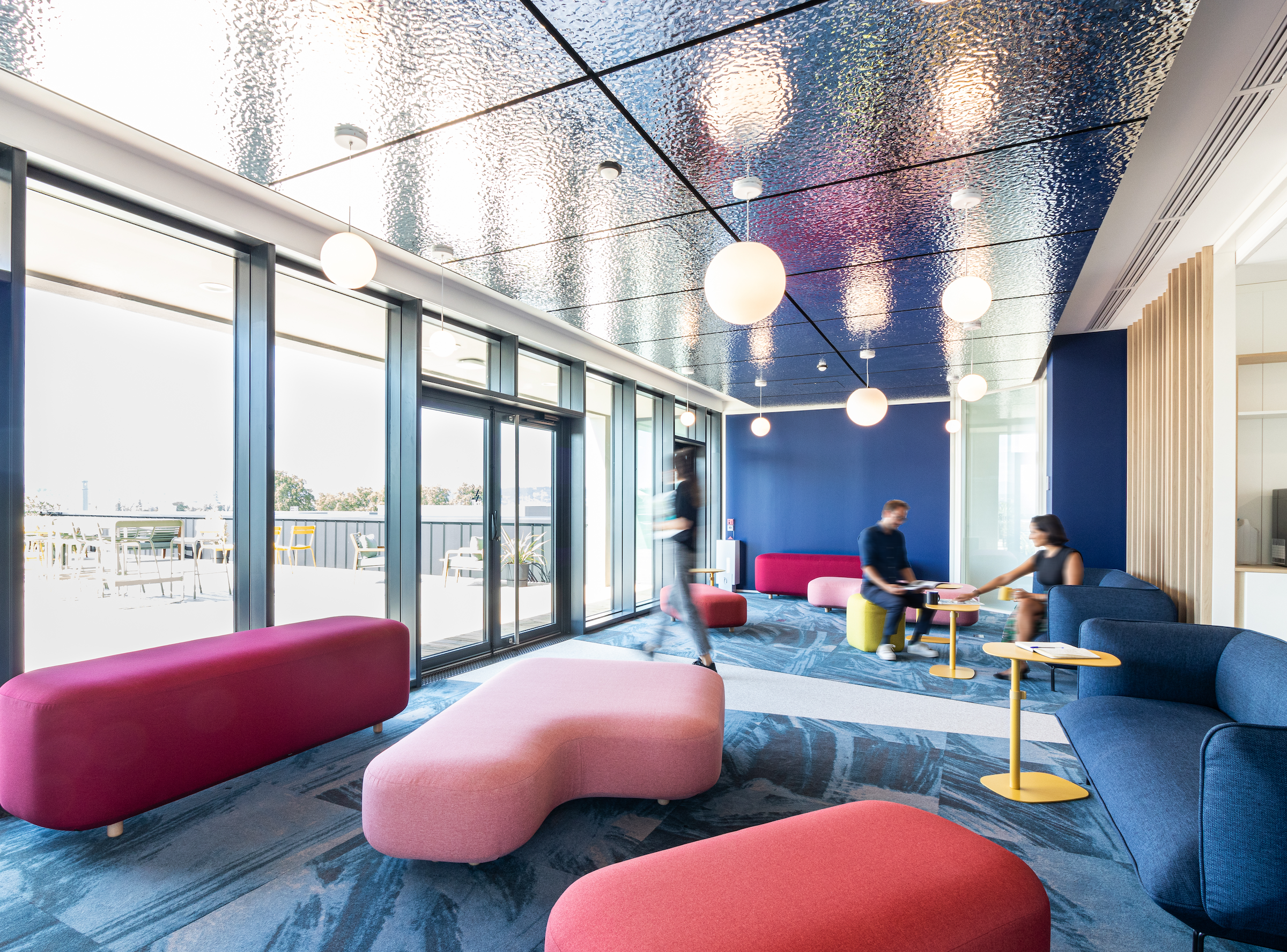
Meanwhile, air quality, light quality and a comfortable chair were rated by nearly 90% of employees as important factors in the office environment.
“Improving the human experience means thinking holistically about employee wellbeing, their performance, and the sustainability of the space,” says Davidson. “Simple design choices like increasing natural light, providing window access, air purification systems, and ergonomic furniture contribute to a healthy environment that boosts performance.”
Empower managers to train employees in using the hybrid office
At companies with effective hybrid work models, managers help train employees in best practices for the hybrid environment and support them in making the most of new spaces. Regular assessments of employee satisfaction help gauge the impact of workspaces and identify opportunities for ongoing improvement.
“When it comes to hybrid working environments, there is no one-size-fits-all solution,” says Davidson. “Employers who invest in understanding their employees’ needs and expectations are best placed to shape an office that engages their unique workforce, with the benefits to productivity, connection and innovation that can bring.”

Read the full JLL report ‘Is hybrid really working’.
